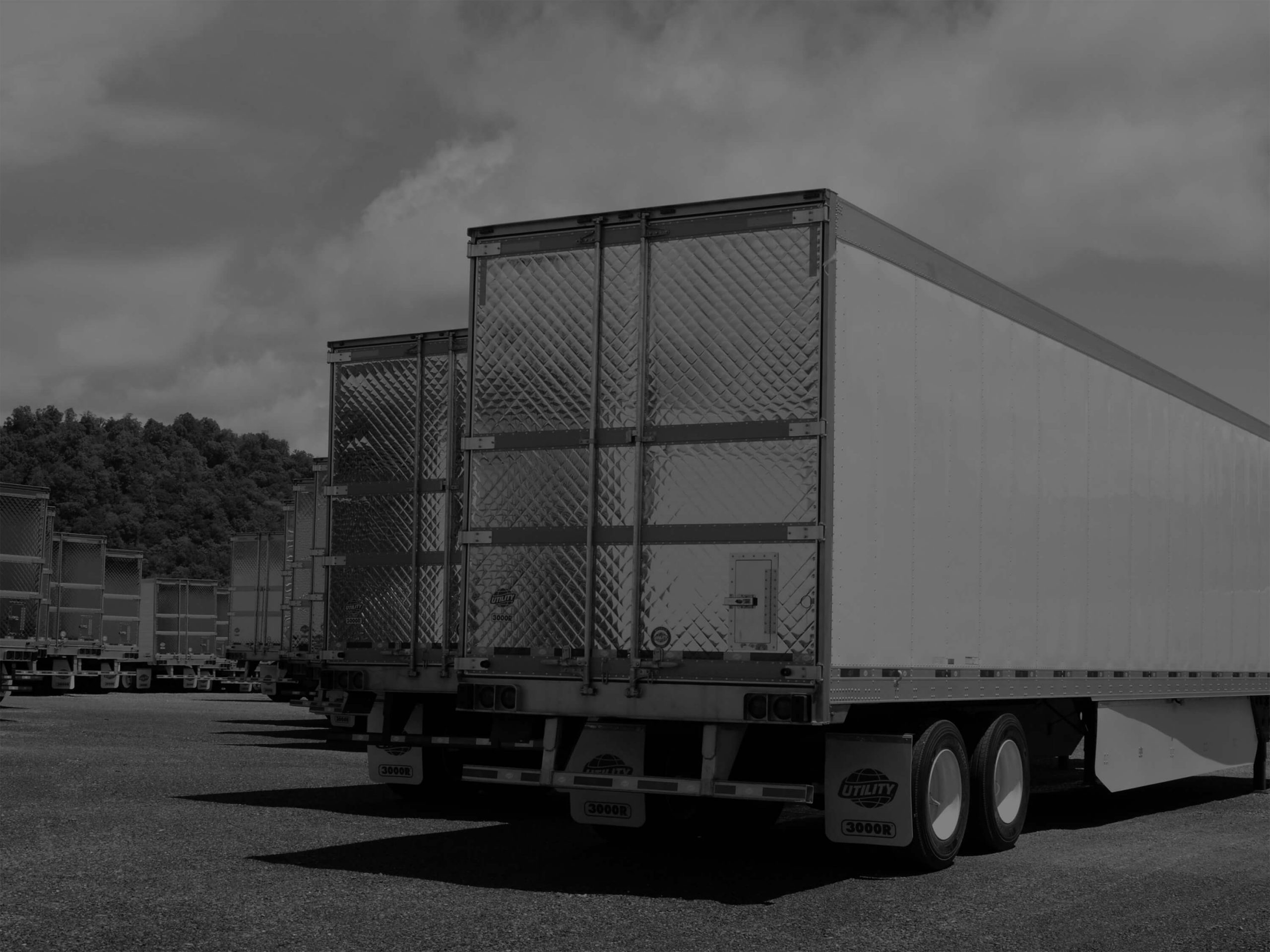With the recent change to the U.S. DOT stopping distance requirements, are drum brakes up to the task? The short answer is yes. However, are disc brakes the future? In this article, we’ll take a look at disc vs drum brakes.
Disc brakes carry a hefty $3000 price, or about $500 per wheel, ballpark, which is why fleets often ask why they should spend so much capital on disc brakes because drum brakes are still very useful and meet U.S. DOT requirements.
Positives:
- Disc brakes offer additional margin in terms of safety and stopping distance, suitable for hilly roads or heavy loads.
- They are perfect for powerful start and stop cycles.
- Maintenance costs are lower over the lifetime of disc brakes.
- The maintenance cycle of disc brakes is just shy of double the length of drum brakes.
- Time on disc brake maintenance per wheel is also much faster than drum brakes, about 1/3 of the time per wheel.
- Disc brakes are pre-lubed and sealed, essentially, for life.
- Besides a few parts that wear out, disc brakes do not take much more than a visual inspection. Drum brakes have many more moving parts and require a more difficult inspection.
- Disc brakes also feel better on the driver and provide a sense of confidence, a benefit often used as a recruiting tool for companies.
Read: Tires, Wheels, Suspension, and Brake Options
Drum brakes have been enhanced immensely over the past few years and might be exactly what you need.
Yes, inspections and maintenance cycles may be a little more time-consuming, but disc brakes could be more than you need if you aren’t careful and do your homework.
Make sure to check out all of your variables when considering disc vs drum brakes, including traveled terrain and load weight when considering brake types.
If you have questions or concerns, contact our sales department to help decide with you.
